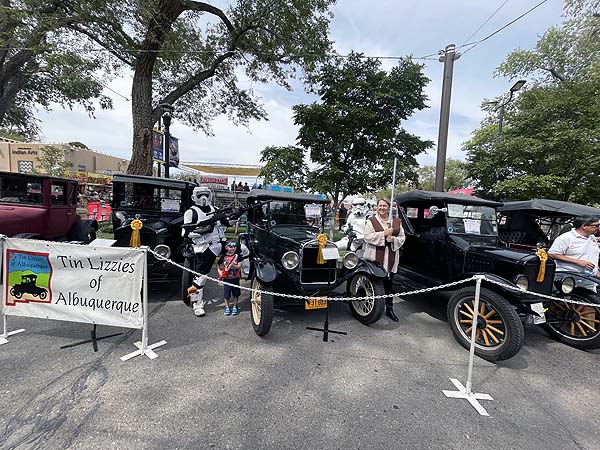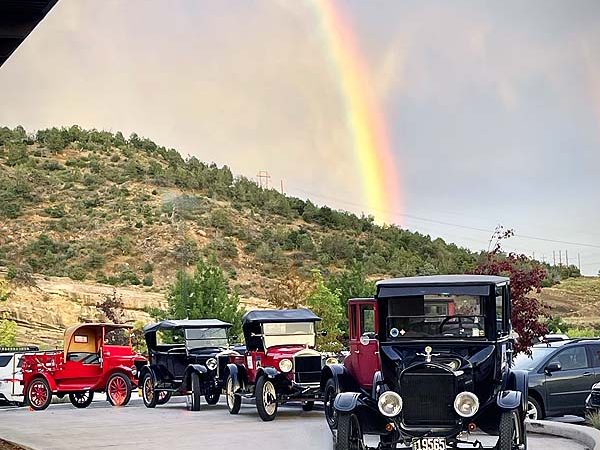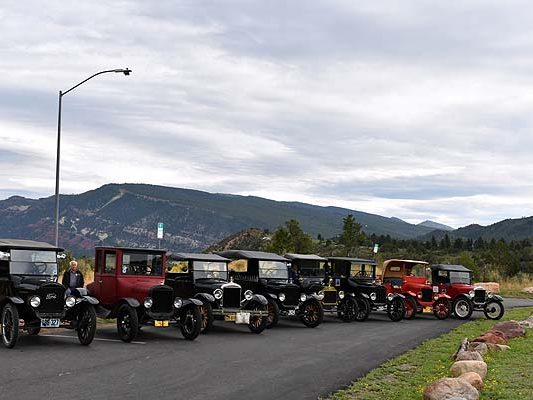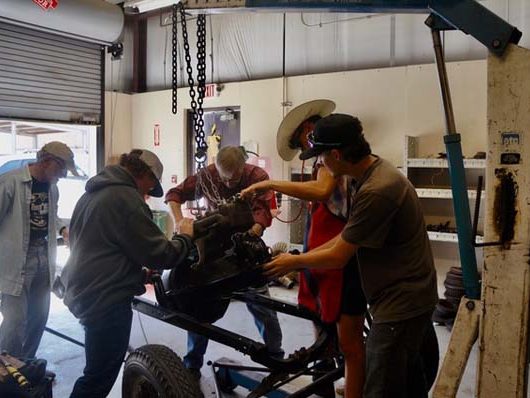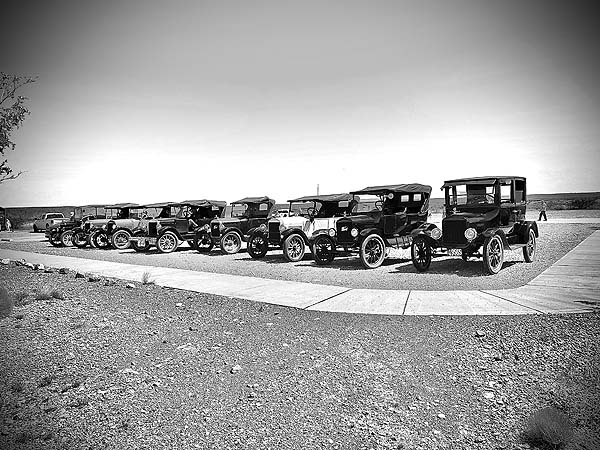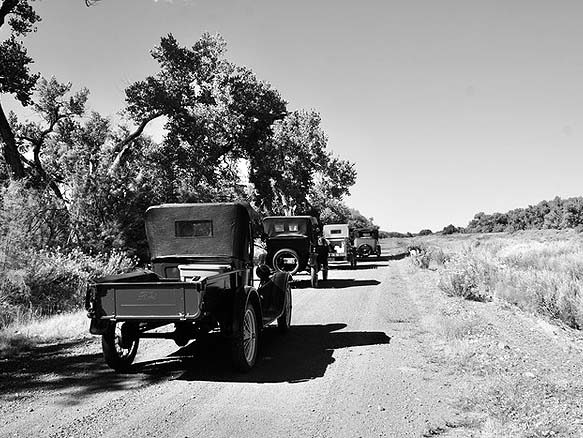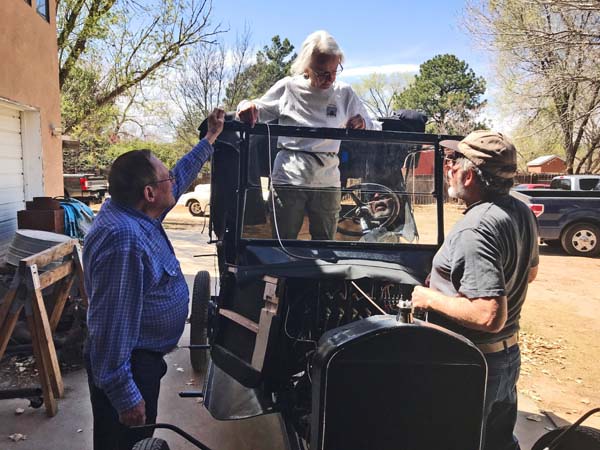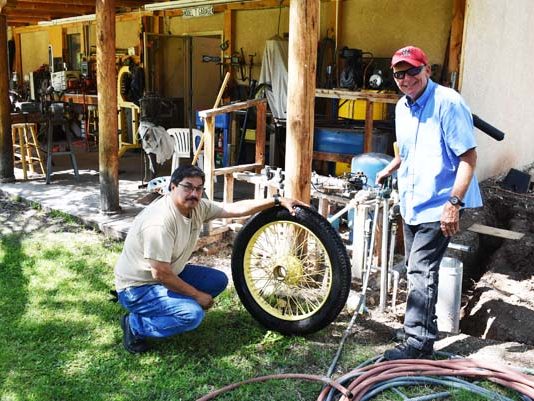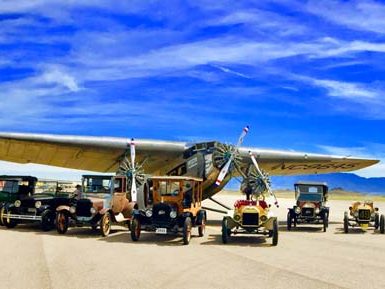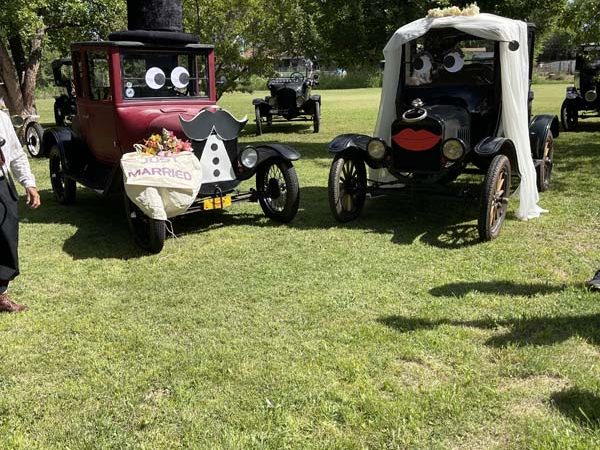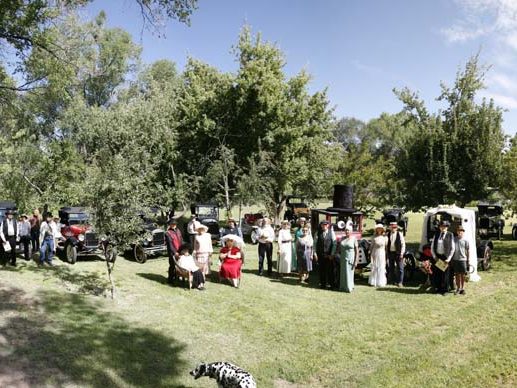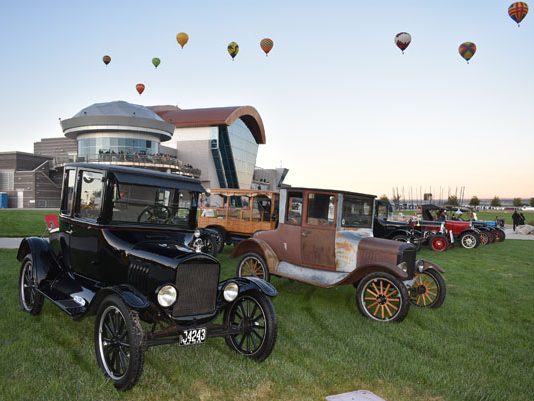By Paul Duncan (March 11, 2019)
Marilyn and I have traveled I-40 through Amarillo and on to Oklahoma City or on to Kansas City on many occasions. A few years ago, we decided to explore some areas that we had missed in our hurry to get somewhere else.
Amarillo, Canyon and Palo Duro Canyon
South of Amarillo 20 miles is Canyon, Texas and the Palo Duro Canyon. A really good read about some of the mid-19th century history of this area is Empire of the Summer Moon by S.C. Gwinne. This is a well written and researched study of the Comanche-a plains Indian tribe. The last strong hold of the Comanche was the Palo Duro Canyon before the US Army under Capt. McKenzie captured them there in 1874 and convinced their chief Quanah Parker to surrender and to move the remaining tribe to Lawton, Ok and Indian Territory.
In Canyon, TX the West Texas State A & M College has its campus. On the campus is the Plains and Panhandle Museum. They have a huge collection devoted to farming and wind mills, geology of the panhandle and drilling techniques for oil and gas. They have a large collection of western regional art. They discuss the archeology findings in the Panhandle and the native tribes who were in residence there. This is a “no miss” museum in my opinion. In the Tin Lizzies, Kirk Peterson has been here numerous times and agrees.
Palo Duro Canyon State Park is south and east of Canyon. After the Comanche were moved to Lawton, Charles Goodnight and John Adair partnered and established one of the great Texas ranches in the canyon. During the depression, FDR’s CCC constructed the highway and many trails in Palo Duro. We spent a few hours in the museum and took the road into the canyon. It is approximately 1000-ft deep and has beautiful colors-“a very mini Grand Canyon”.
Colonel Mackenzie led his troops into Palo Duro Canyon on Sept 28, 1874 and at the mouth of Bianca site Canyon met up with Quanah Parker and his band of Comanche (the Kwahadi band along with a group of Kiowa and Cheyenne. They were subdued and 1400 horses were captured-400 were saved and the remained were killed. This was the end of Indian wars on the Southwestern Plains of Texas and Oklahoma. Anglo settlement proceeded with haste. In 1901, excess land from the Kiowa, Comanche, and Cheyenne was opened up for settlement by lottery.
Historically the Comanche were the first plains tribes to obtain the horse from the Spanish. Coronado was the first Spanish explorer to venture into the Texas Panhandle and Onate followed in 1601. The plains tribes obtained horses late in the 17th century from the Spanish. It appears the Kiowa and Comanche were allies beginning around 1790. Obviously, the Western expansion of the US after the Louisiana Purchase led to confrontation of settlers with the tribes. I had not been aware of the issues the Comanche created for the Texas and Oklahoma.
The story of Cynthia Ann Parker (mother of Quinah Parker) and her abduction as a 10-year-old child in 1836 and her incorporation into one of the Comanche bands is most interesting. She was found after the Battle of Pease River (1860) and a monument of that battle is in Crowell, Texas. She over 24 years was the wife of Peta Necona a Comanche chief and she had three children with him. The last Comanche chief of significance was her son – Quinah Parker. She and Quinah are buried at Ft. Sill, Oklahoma. Also refer to The Searchers-the Making of an American Legend – by Glenn Frankel 2013 and the John Wayne film of 1950’s also named The Searchers and directed by John Ford.
Northeast of Amarillo is Borger, Texas where the first oil wells were drilled in this area of the Texas Panhandle. The art deco architecture of this community is well worth a visit. Close by Borger is the Alibates Flint Quarries National Monument. The flint from this area was traded extensively all over the southwest 10,000 years ago. The flint spear points found at Blackwater Draw where the tin Lizzies visited on the Portales tour a few years ago came from this quarry.
The Washita Battlefield National Historic Site is east of Amarillo off of I-40 and again in my opinion is worth a visit.
Lawton, Oklahoma (40 miles from Chickasha)
North of Lawton is the Wichita National Game Refuge. In 1901 President Theodore Roosevelt established a herd of bison here from a stock of saved Bison. Quanah Parker was present to receive and bless the Bison when they arrived by train. One can imagine what an emotional event that would have been for the surviving Indian warriors. The visitors center in the game Refuge is worth a stop as are the views of the Wichita Mountains which are part of a granitic intrusion and uplift which occurred 500 million years ago.
Lawton, Oklahoma is a thriving community today. The tribes relocated here are active participants in the community. The Comanche Museum is here and we learned there are 18,000 Comanche on the tribal roles. The Comanche language is an Uto-Aztecan language and there is an active program in Lawton to teach and to keep the Comanche language alive.
Fort Sill is adjacent to Lawton and today is the major employer in the area. This is the US Army Artillery training center and up the road toward Amarillo is Altus Air Force base which is the training center for C-17 pilots and Military Transport. Like New Mexico, the federal government is the major employer in Western Oklahoma. Ft. Sill welcomes visitors and one can obtain a visitor pass easily to tour certain areas of the base.
We were interested in the Old Fort Sill established by the successful Civil War General Philip Sheridan in 1869 as the main cavalry and infantry fort in the “war” with the Southwestern Indian tribes. After the civil war ended, the US Army redirected its mission to stopping the confrontation between the settlers and the Indian tribes across the plains of the US Midwest from Canada to Mexico. General Sheridan was put in command of the Military Division of the Missouri. Although based in Chicago, he did get out to the frontier Forts in Oklahoma and Kansas. General George Custer discuses many meetings he had with General Sheridan on the frontier in his book- My Life on the Plains (1874).

